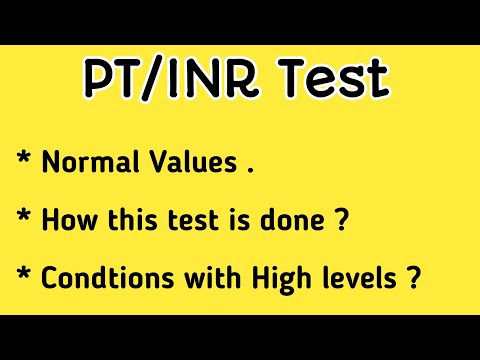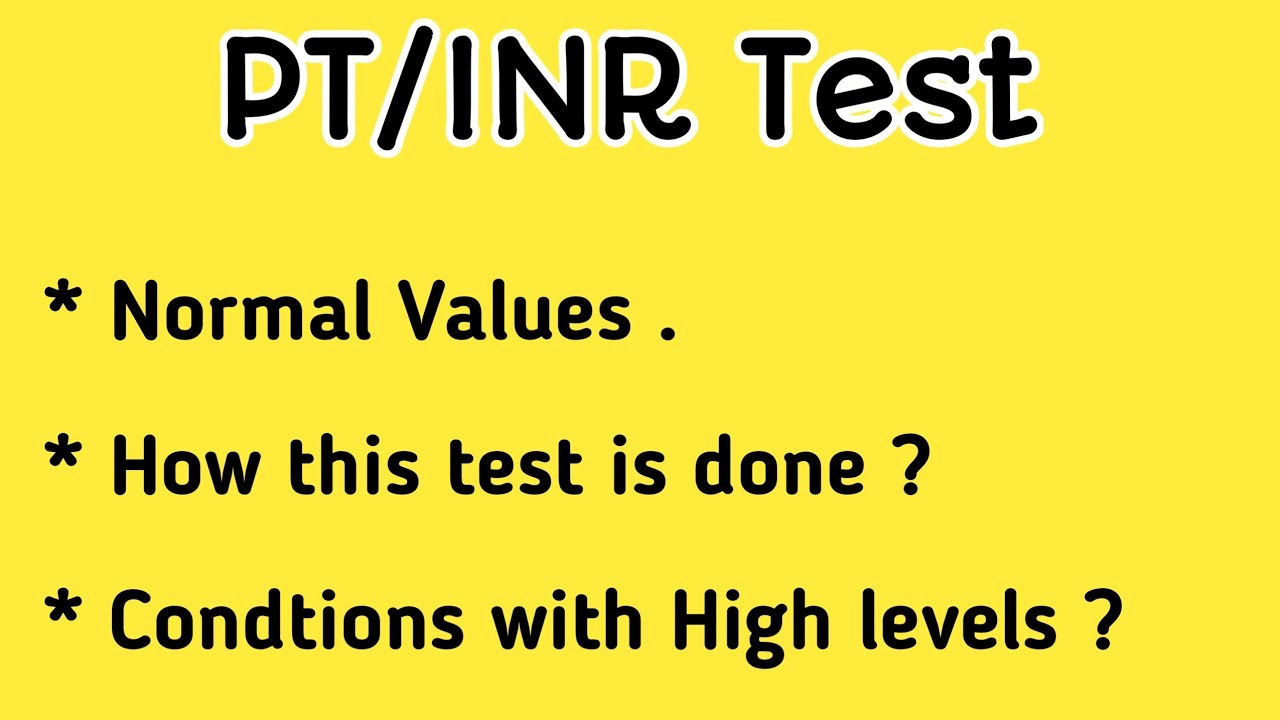INR in a blood test stands for International Normalized Ratio, a measurement used to determine the clotting ability of your blood. This test is particularly intriguing as it provides crucial information about your blood’s coagulation process. By assessing INR, healthcare professionals can monitor the effectiveness of blood-thinning medications, such as warfarin, and ensure they are maintaining an optimal balance between clot prevention and potential bleeding risks. Additionally, this test is essential for individuals with certain medical conditions, such as atrial fibrillation or deep vein thrombosis, as it helps doctors gauge the risk of developing blood clots. Understanding your INR results empowers you to actively participate in managing your health, allowing you to make informed decisions about medication dosages and lifestyle choices that can affect your clotting ability. Whether you’re curious about the impact of a medication you’re taking or simply interested in comprehending the intricate workings of your body, learning about INR and its role in your blood test results is undeniably fascinating. Stay informed and stay in control of your health by exploring the intricacies of INR and its significance in your overall well-being.

INR Levels in Blood Test
| INR Range | Interpretation | Implications |
|---|---|---|
| 0.8 – 1.1 | Normal Range | Indicates a properly functioning blood clotting system. |
| 2.0 – 3.0 | Therapeutic Range for Most Conditions | Commonly used for patients on oral anticoagulation therapy (such as Warfarin) to prevent blood clots. |
| 2.5 – 3.5 | Therapeutic Range for High-Risk Conditions | Recommended for individuals with mechanical heart valves or a history of recurrent venous thromboembolism. |
| Less than 2.0 | Subtherapeutic Range | May increase the risk of blood clots, requiring adjustment in anticoagulant therapy. |
| Greater than 3.5 | Supratherapeutic Range | Potential for excessive bleeding that needs careful monitoring and adjustment of anticoagulant dosage. |
Title: Revolutionizing Blood Clot Monitoring: Simplifying the PT/INR Test
What is INR in Blood Test?
INR stands for International Normalized Ratio, which is a measure of how long it takes for blood to clot. It is an important value measured in a blood test that helps determine if a person’s blood clotting time is within a healthy range. The INR value is used to monitor and adjust the dosage of medications like warfarin, which are prescribed to prevent blood clots.
Why is INR Important?
Monitoring the INR value is crucial for individuals who are on anticoagulant therapy, such as warfarin. These medications are prescribed to patients at risk of developing blood clots due to conditions like atrial fibrillation, deep vein thrombosis, or artificial heart valves. Keeping the INR within a target range ensures that the blood is neither too thin nor too thick, reducing the risk of bleeding or clotting respectively.
How is INR Measured?
The INR value is measured by performing a blood test called the prothrombin time (PT) test. During this test, a blood sample is taken, and specific chemicals are added to measure how long it takes for the blood to clot. The result is then compared to a standard value, which is established by the World Health Organization (WHO). This standardization allows for consistent and accurate monitoring of the INR value across different laboratories.
What is a Normal INR Range?
The target INR range varies depending on the reason for anticoagulant therapy and the individual’s medical condition. In general, an INR of 2.0-3.0 is considered therapeutic for most patients. However, for certain conditions like mechanical heart valves, a higher INR range of 2.5-3.5 may be recommended. It is essential to consult with a healthcare professional to determine the optimal INR range for each individual, as it can vary based on their specific circumstances.
Factors Affecting INR Levels
Several factors can influence INR levels, affecting how quickly or slowly blood clots. Some of the key factors include:
1. Medications: Certain drugs, such as antibiotics, antifungal medications, and herbal supplements, can interact with anticoagulant medications and affect INR levels. It is crucial to inform healthcare providers about all medications being taken to ensure proper monitoring and adjustment of the INR.
2. Diet: Vitamin K, found in green leafy vegetables, can impact INR levels. Consistently consuming large amounts of vitamin K-rich foods or suddenly changing the intake can affect the efficacy of anticoagulant therapy and alter the INR result.
3. Illness or Infection: Certain illnesses, infections, or changes in overall health can affect INR values. For example, if a person is dehydrated or has liver disease, it can impact the liver’s ability to produce clotting factors and influence INR levels.
4. Alcohol Consumption: Excessive alcohol consumption can interfere with the metabolism of anticoagulant medications, potentially leading to fluctuations in INR values. It is important to discuss alcohol consumption with a healthcare professional when on anticoagulant therapy.
5. Genetic Factors: Certain genetic variations can influence how an individual metabolizes anticoagulant medications, potentially affecting INR levels. Genetic testing may be performed to identify these variations and guide medication dosing.
Regular monitoring of the INR value is crucial for individuals on anticoagulant therapy to ensure the dosage of medication is appropriate and to prevent complications such as bleeding or clotting. Understanding the factors that can affect INR levels allows patients to make informed decisions about their lifestyle, diet, and medication use, helping maintain stable and optimal INR values.
What is tested in a blood test:
- Complete Blood Count (CBC)
- Basic Metabolic Panel (BMP)
- Liver Function Tests (LFTs)
- Kidney Function Tests
- Lipid Panel
- Thyroid Function Tests
- Coagulation Panel
- Blood Glucose
- Electrolyte Panel
- C-reactive Protein (CRP)

